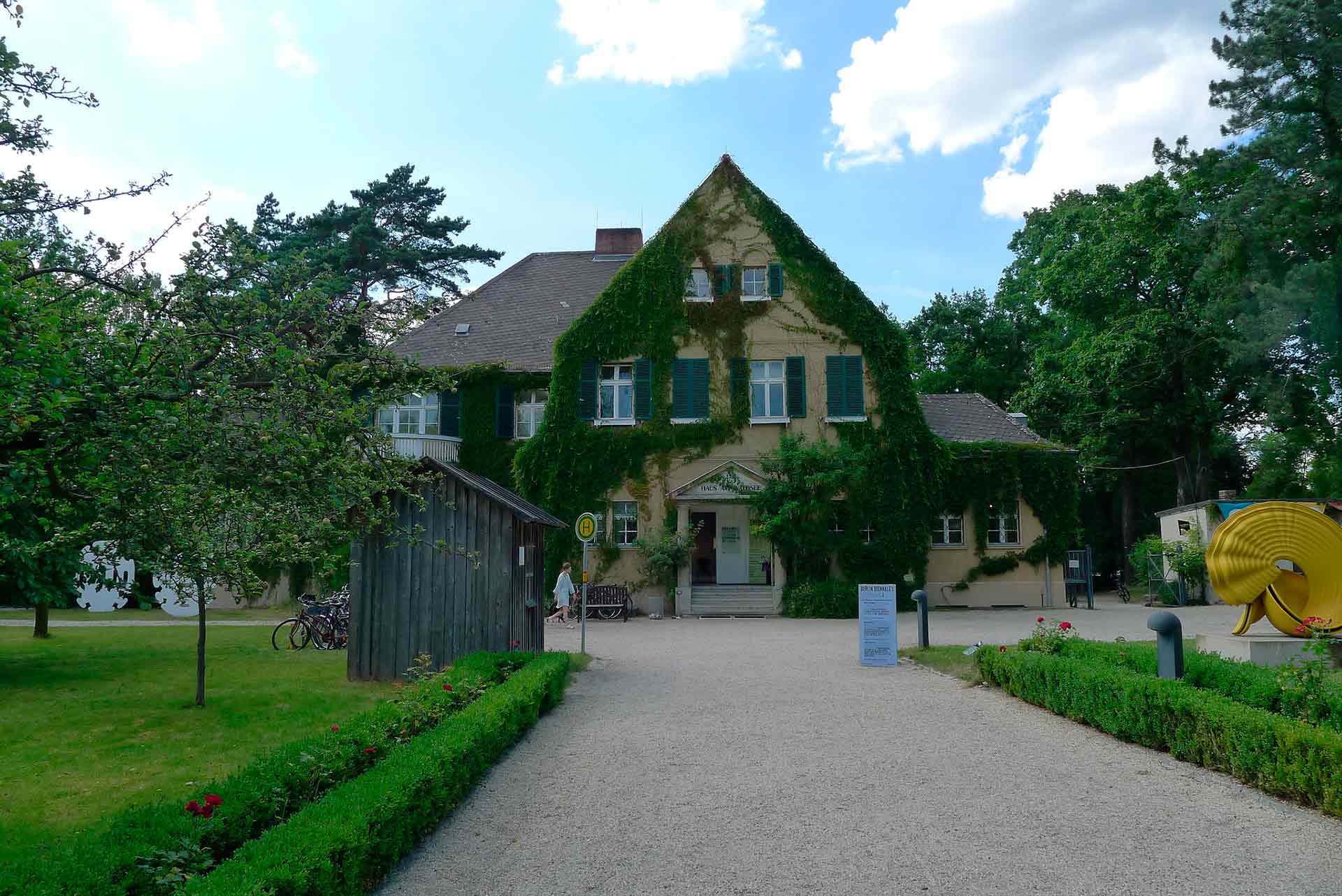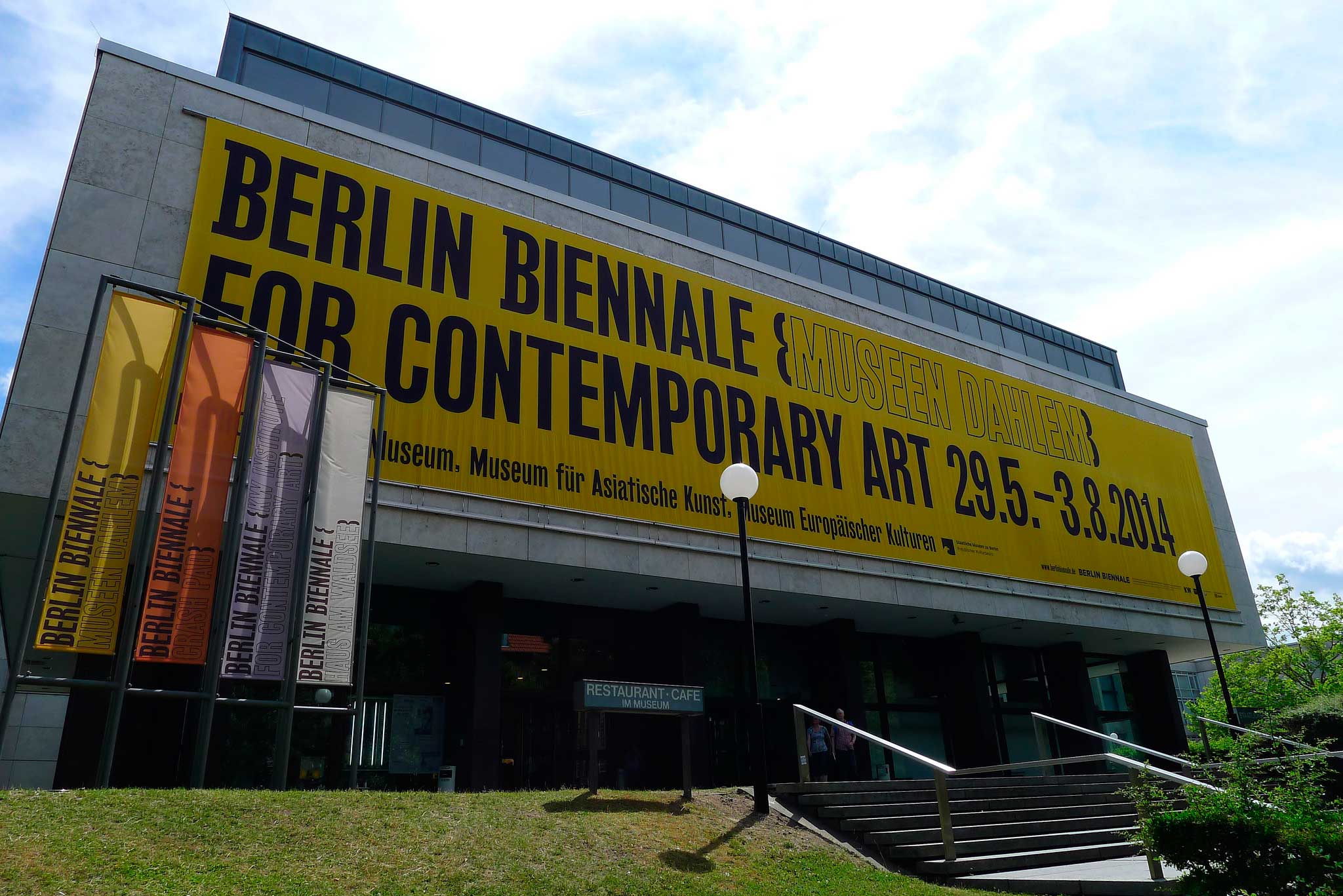After the previous edition of the Berlin Biennial in 2012, in which the Occupy movement took over the main space of Berlin’s Kunstwerke and affirmed the separation between art and anarchy, the knee-jerk reflex of the institution seems to be a retreat back into the sphere of the museum and the world of art. Curator Juan Gaitan’s biennial has a much softer touch, and the Kunstwerke exhibition, filled with art and not affect, seems at times flaccid and slightly bored with itself. There are some standout works by Judy Radul, Julieta Aranda, and Otobong Nkanga, which function both as individual pieces with strong presentations, and feed into the curatorial statement of exploring representation and power beyond the confines of the work of art, but in a larger historical context, be it the city of Berlin itself or the more general field of museology.
The two other venues are a bit further away from the gentrified hustle and bustle of popular Mitte neighborhood. After a short ride on the U3, I stepped out to visit the Museum Dahlem, which houses a treasure trove of the world. The works from the biennial are more or less separated into two sections, while a few works interact with the museum’s permanent collection. This is not unfamiliar territory for Gaitan, who curated an exhibition in Bergen at the local art and craft museum, working with the permanent collection. The curation of the works on display at Museum Dahlem are more successful than at the Kunstwerke, and some of the artworks tremble with an anxious energy, such as the pieces by Rosa Barba, Carsten Höller and Wolfgang Tillmanns. Goschka Macuga’s display is also tantalizing, fun and serious at the same time. Some works seem to be trying too hard to emulate the collection and the classification of the museum, and I wonder if they would be better placed in the world of Art at the Kunstwerke. My speculations do not matter much, but having works of art dancing with the structures and histories of an ethnographic museum in an ethnographic museum seems overwrought.
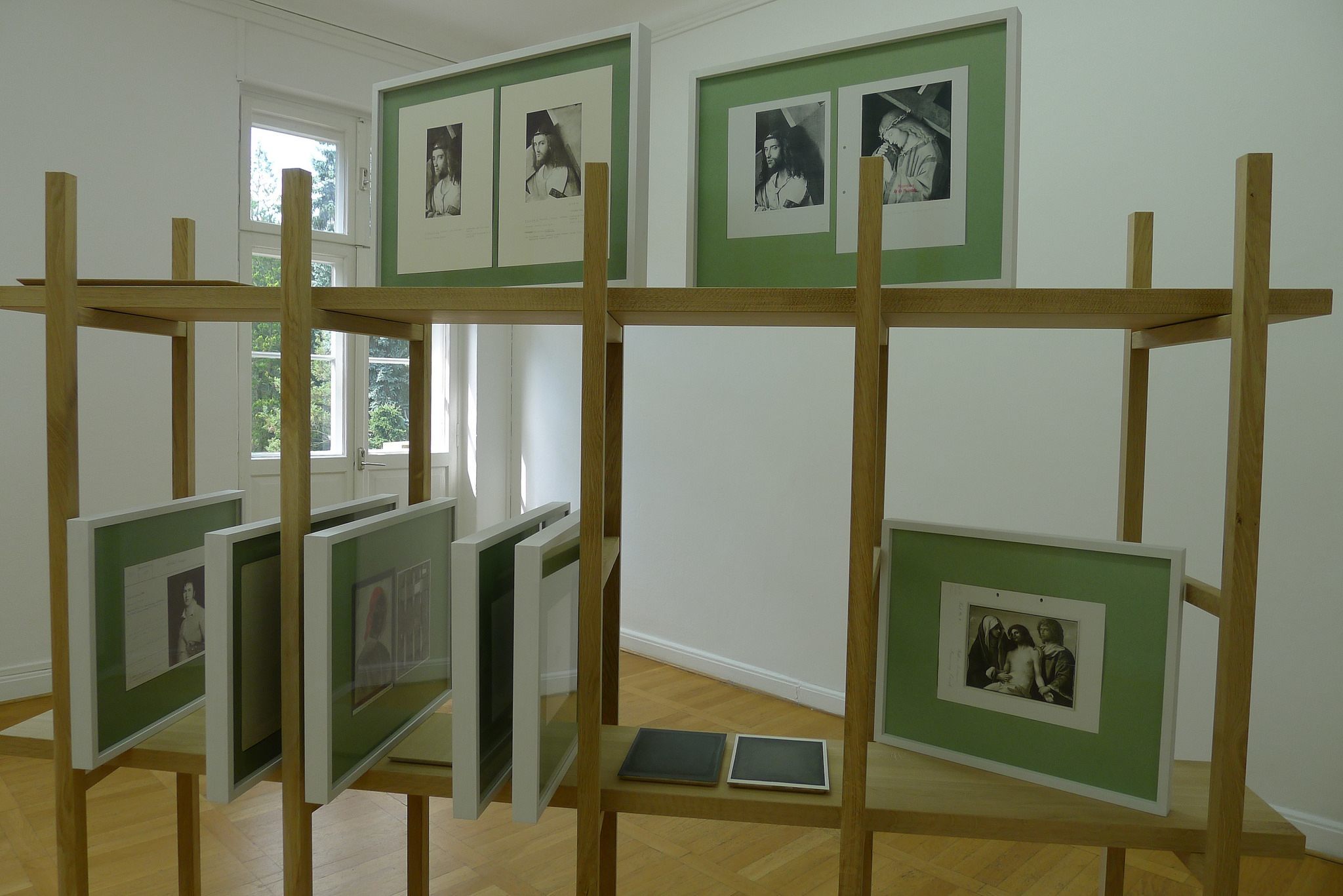
Haus am Waldsee
Matts LeiderstamThe Connoisseur’s Eye, 2014 Photo Rag Satin Papier Oak wood structure, oil on poplar panels, oil on oak panel, pigment prints on Hahnemühle Photo Rag Satin Paper Dimensions variable
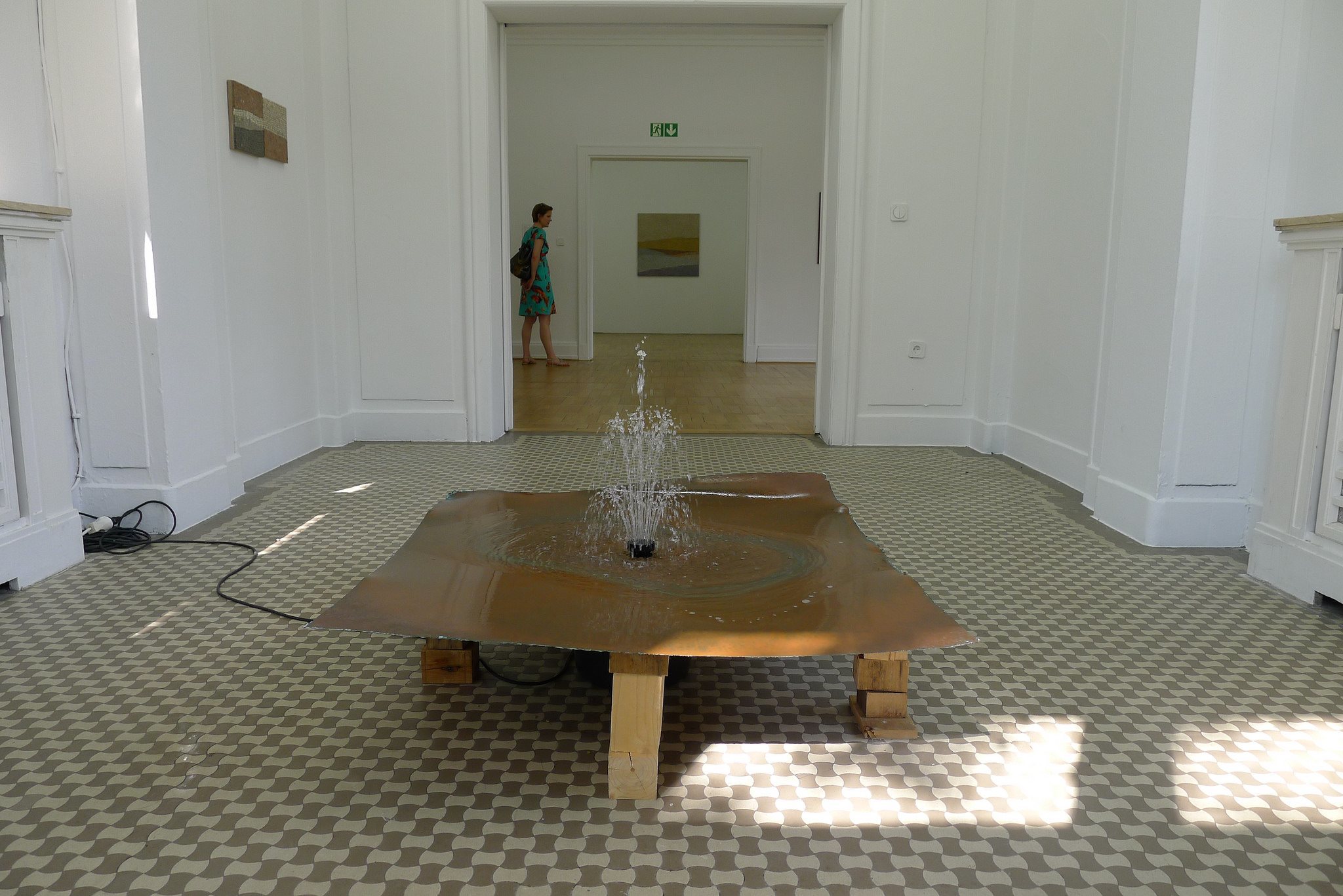
Haus am Waldsee
Christodoulos Panayiotou The Price of Copper, 2012 Fountain kit, raw copper sheet from the Skouriotissa mines in Cyprus 100 x 100 x 30 cm Courtesy Private Collection, Lisbon
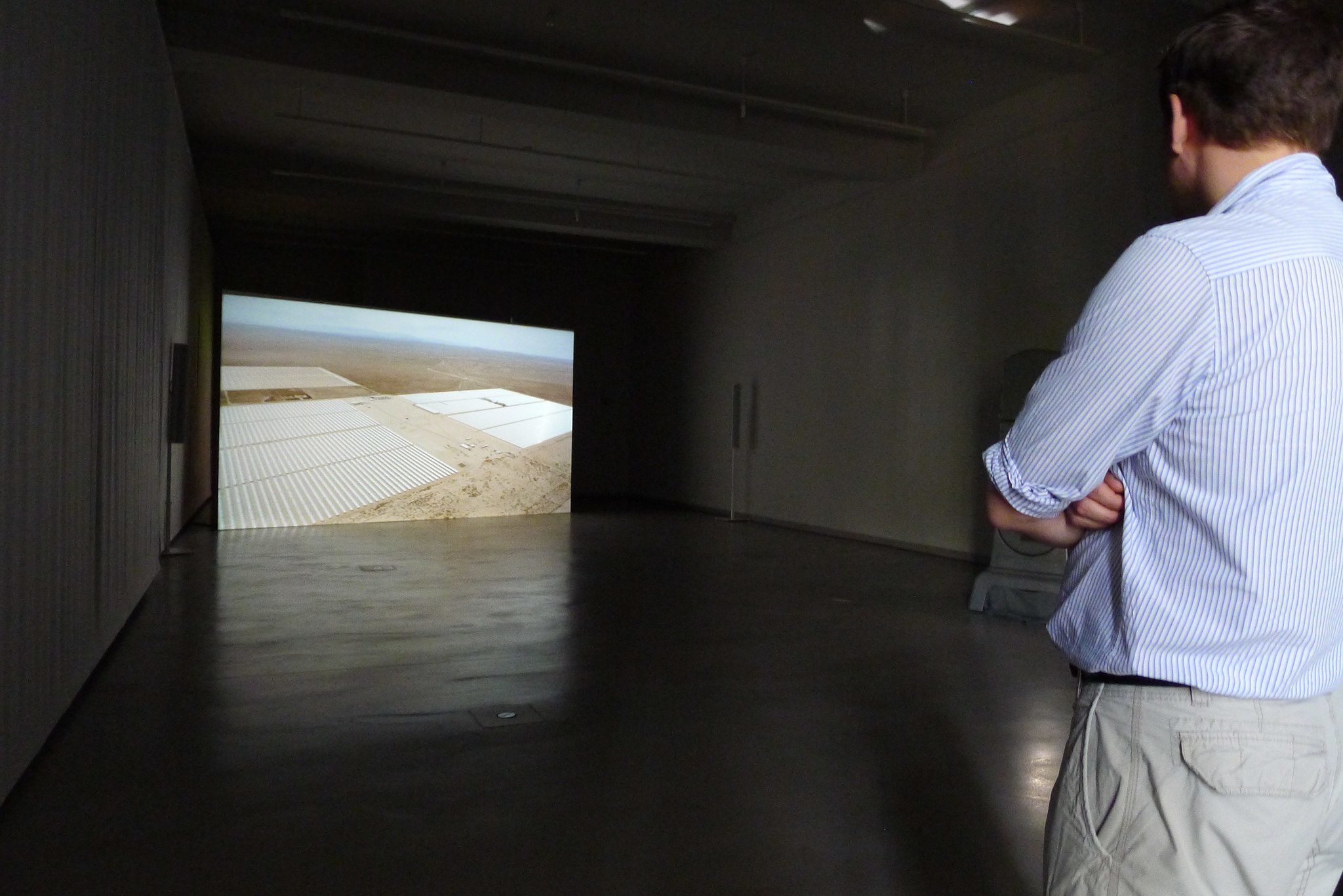
Museen Dahlem – Staatliche Museen zu Berlin
Rosa Barba Subconscious Society, 2014 35-mm-Film, Farbe, Ton 35mm film, color, sound 40’ Mitwirkende With appearances by Laetitia Sadier, Jan St. Werner, Angus Hudson, Tim Gane, Errico S., Matt Wand, David Michael di Gregorio und weiteren and others Courtesy Rosa Barba; Gió Marconi, Milan; Meyer Riegger Berlin
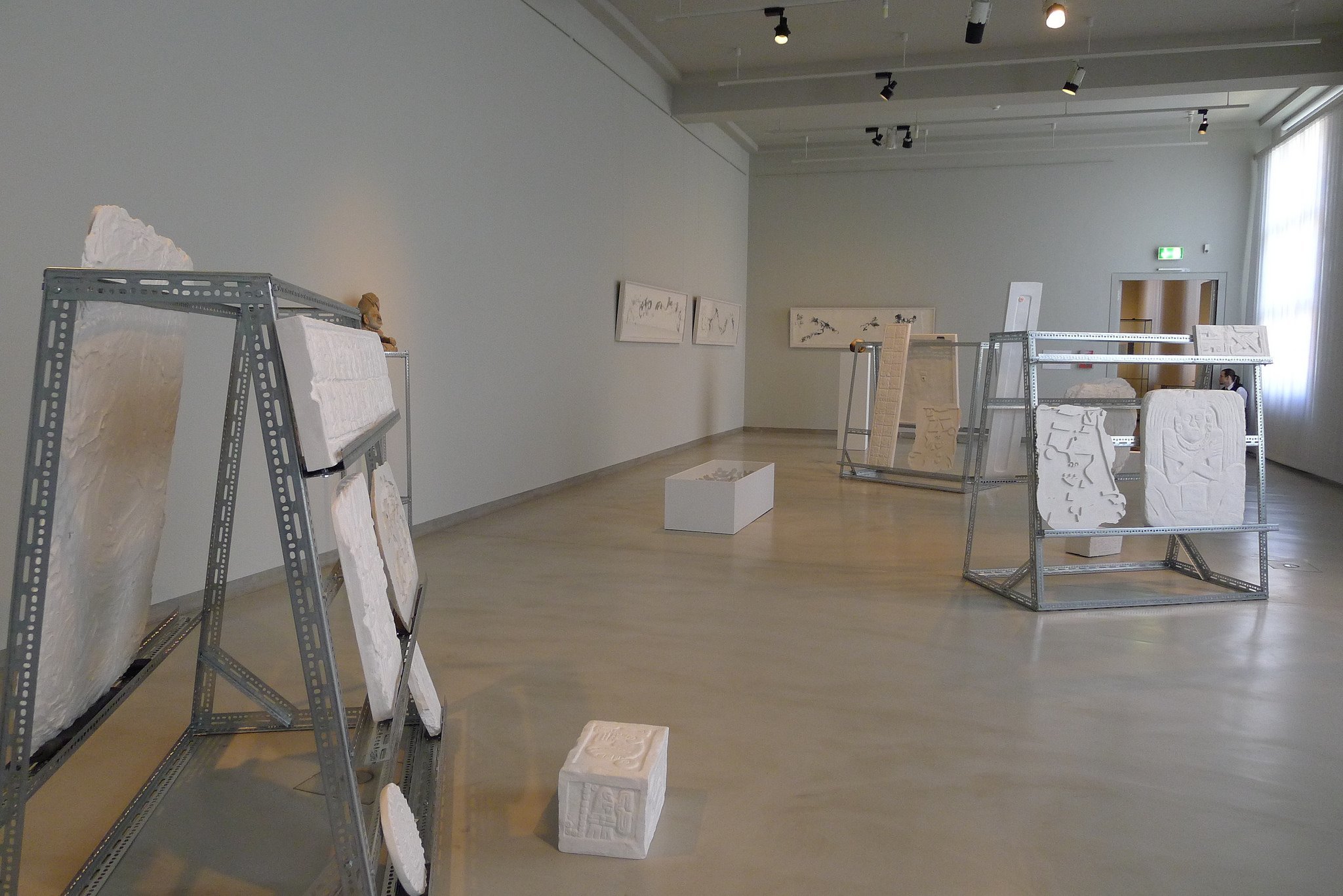
Museen Dahlem – Staatliche Museen zu Berlin
Mariana Castillo Deball You have time to show yourself before other eyes, 2014
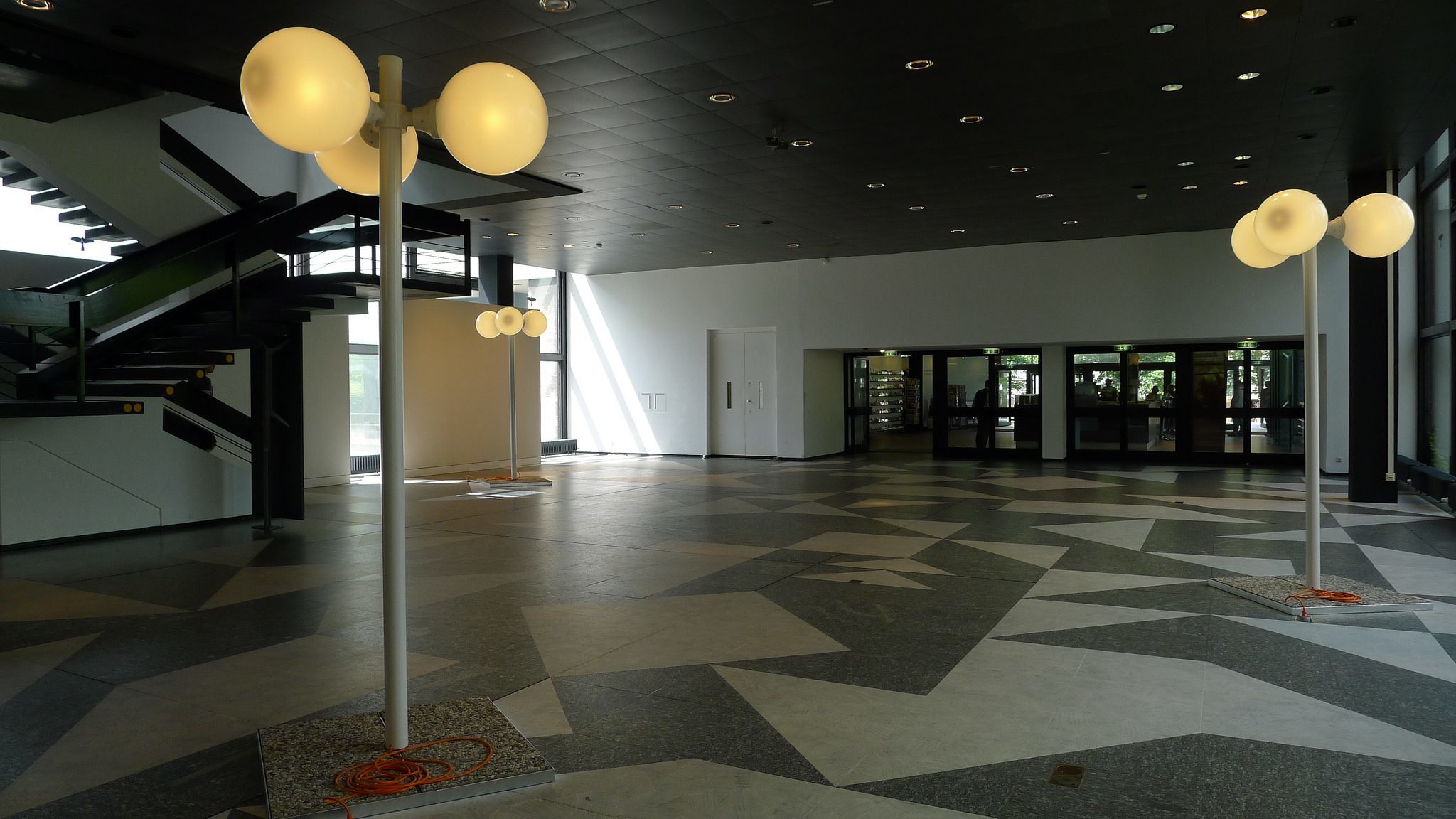
Museen Dahlem – Staatliche Museen zu Berlin
Olaf Nicolai Szondi/Eden, 2014 I Szondi/Eden (Variationen eines Bodenornaments aus einer Lichtenberger Shopping Mall / Variations of a floor ornament from a shopping mall in Berlin-Lichtenberg), 2014 4 Lampen, Kreide auf Granit 4 lamps, chalk on granite Dimensions variable Each lamp ca. 290 x 100 x 100 cm
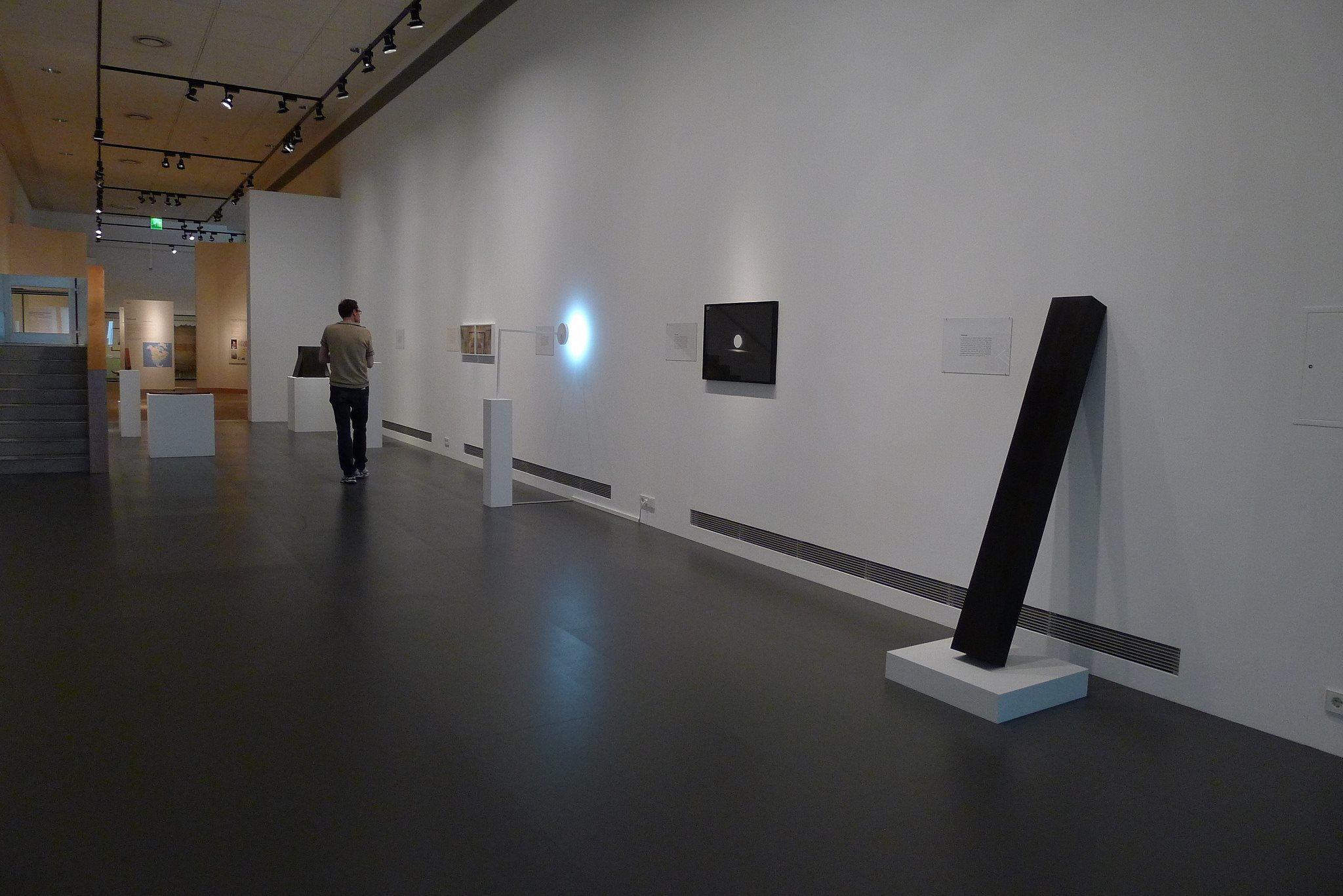
Museen Dahlem – Staatliche Museen zu Berlin
Iman Issa From the series Lexicon, 2012
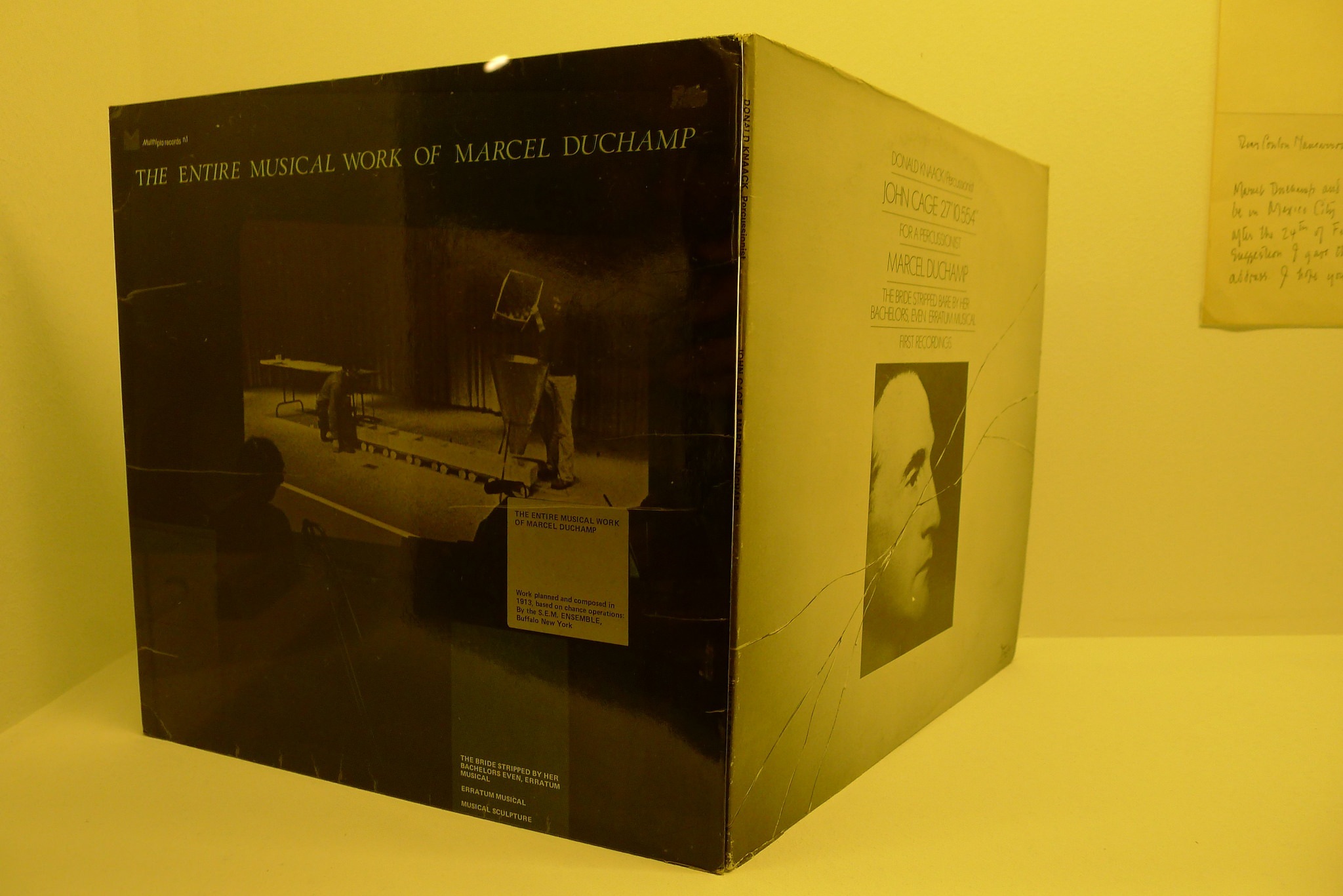
Museen Dahlem – Staatliche Museen zu Berlin
Mario García Torres Sounds Like Isolation to Me, n/d Acetate, cardboard, ink, linen, magnetic tape, oil, paper, sheet metal, sound, video, wire, wood Dimensions variable Courtesy Mario García Torres; Proyectos Monclova, Mexico City; Jan Mot, Brussels; neugerriemschneider, Berlin
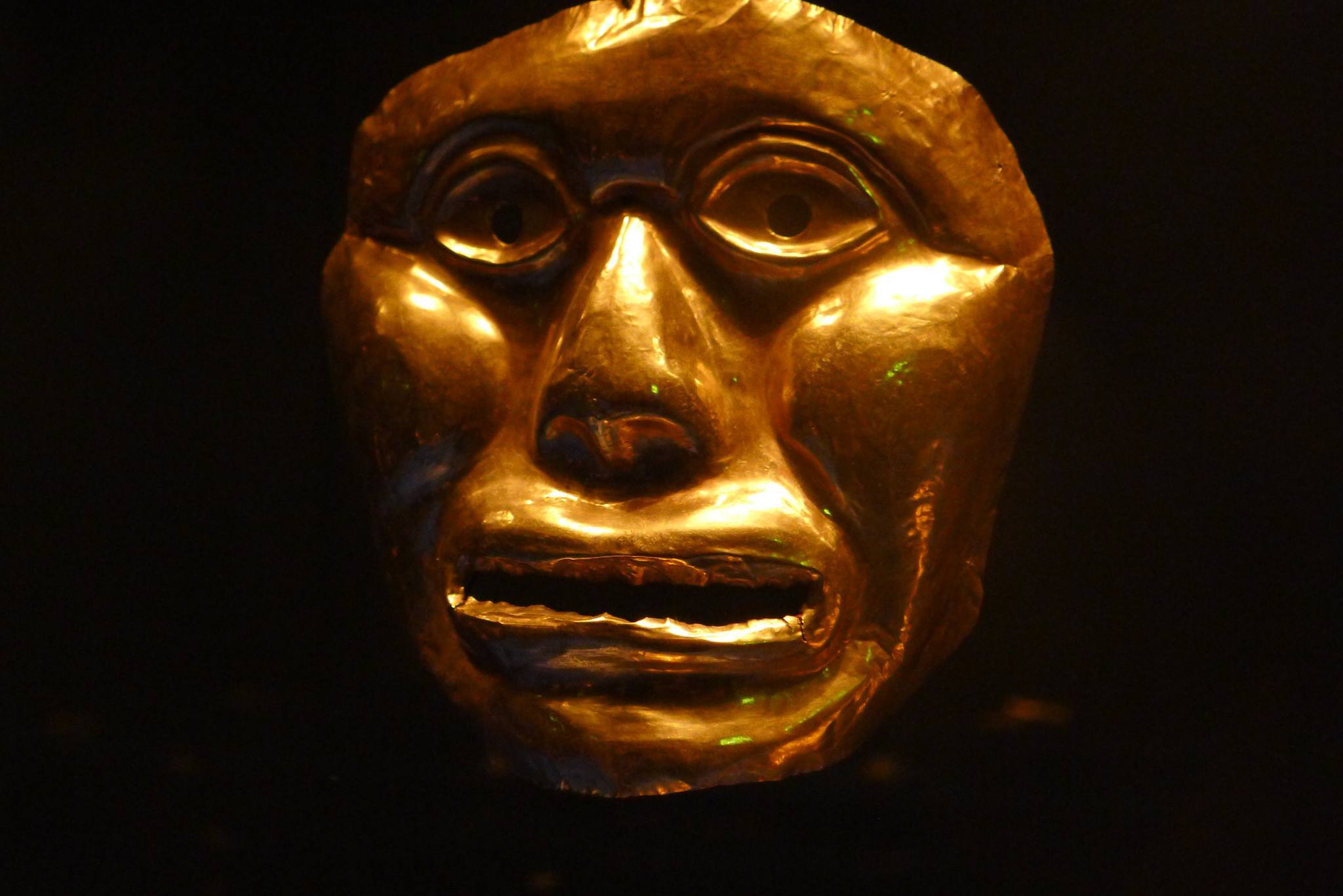
Museen Dahlem – Staatliche Museen zu Berlin. Carsten Höller 7,8 Hz (The Color of Gold), 2001/2014
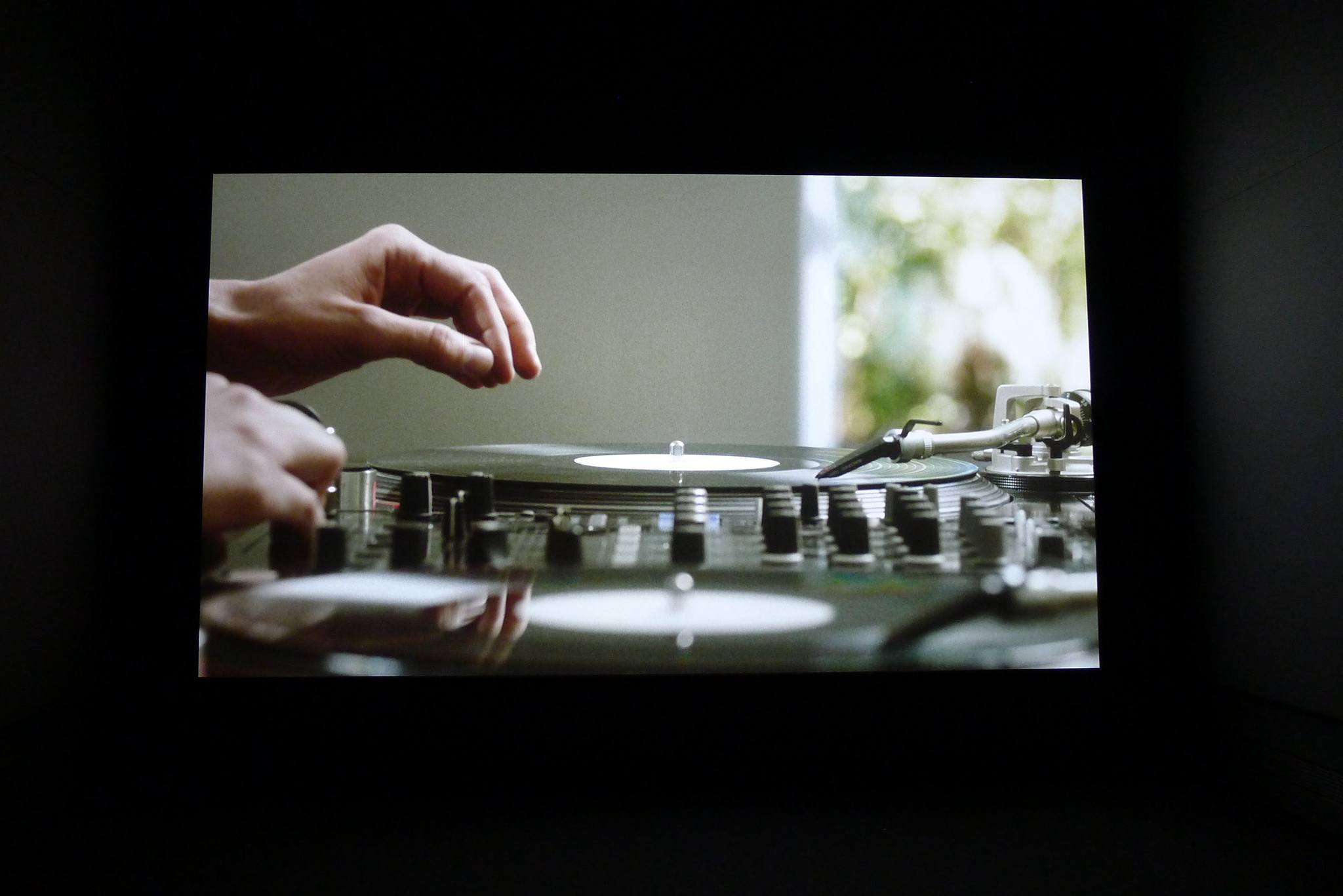
Museen Dahlem – Staatliche Museen zu Berlin
Anri Sala UNRAVEL, 2013 HD-Video, Farbe, Ton diskret 4.0 HD video, color, sound discrete 4.0 20’45’’ HD-Video, Farbe, Ton diskret 2.0 HD video, color, sound discrete 2.0 6’25’’ Courtesy Anri Sala; Galerie Chantal Crousel, Paris; Marian Goodman Gallery, New York/Paris; Hauser & Wirth, London/New York/Zurich; kurimanzutto, Mexico City
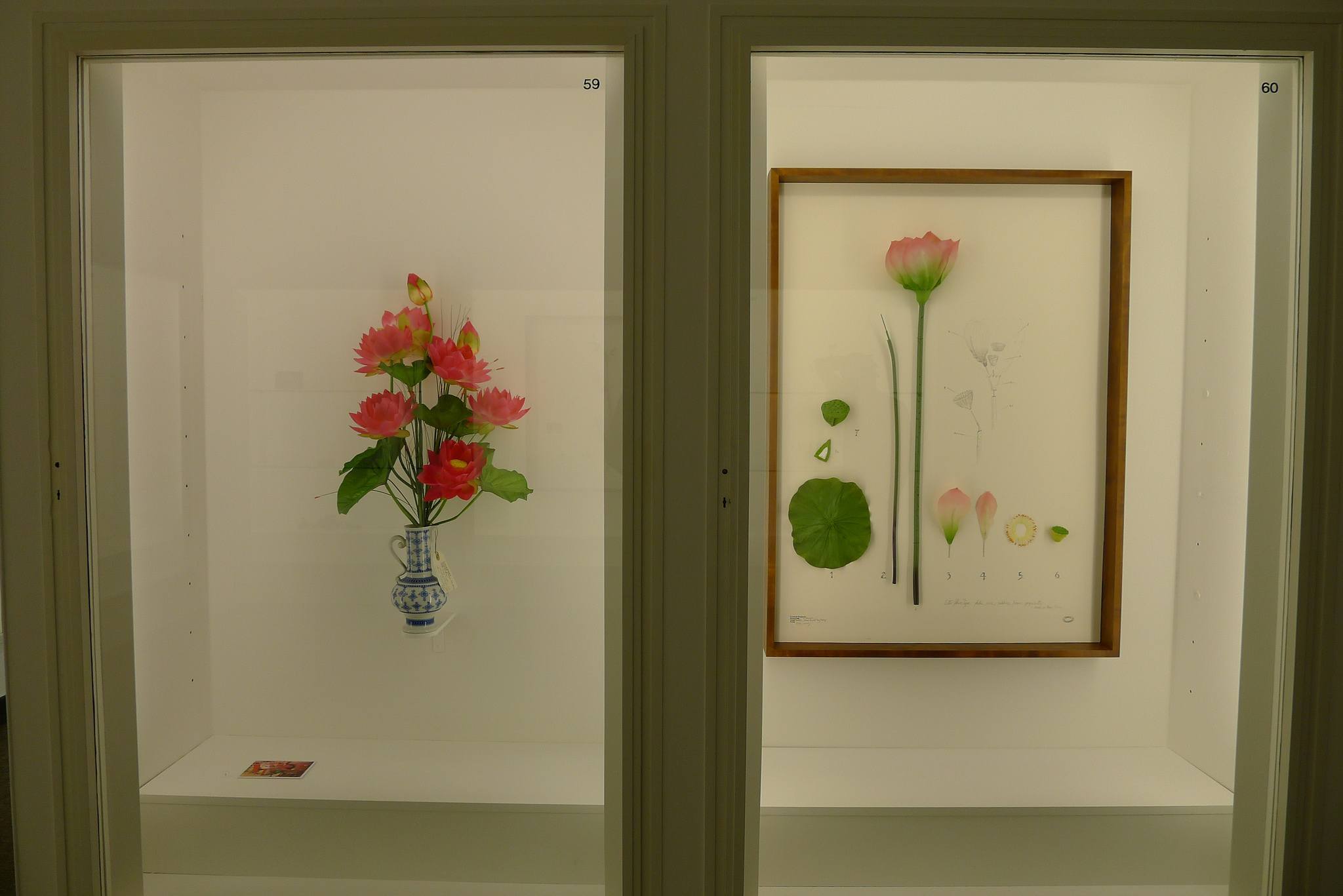
Museen Dahlem – Staatliche Museen zu Berlin
Alberto Baraya Expedition Berlín, Herbarium of Artificial Plants, 2013–ongoing Mixed media Dimensions variable Courtesy Alberto Baraya; Galeria Nara Roesler, São Paulo

Museen Dahlem – Staatliche Museen zu Berlin
Wolfgang Tillmans Berlin Biennale Installation (Eastern Woodlands Room), 2014
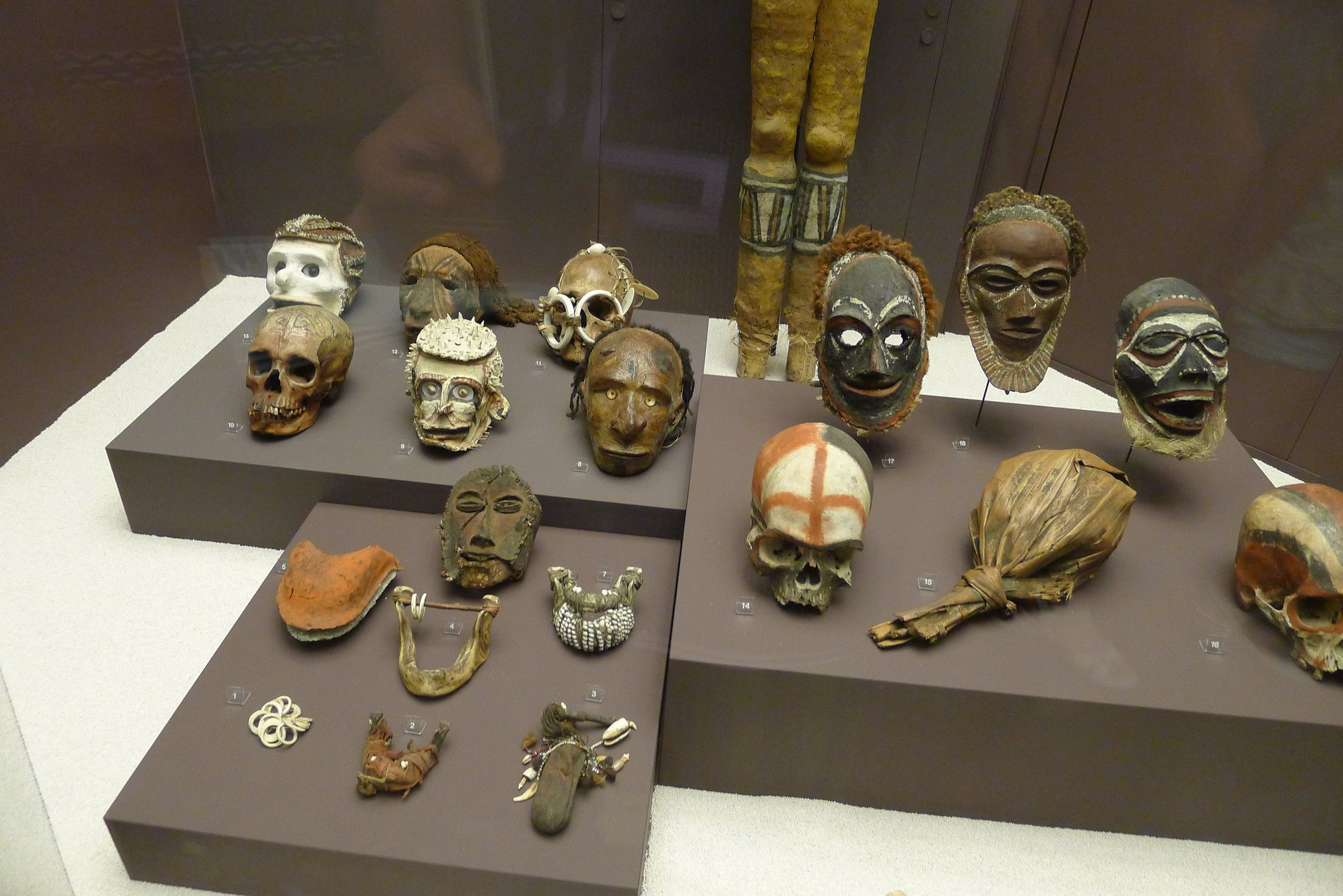
Museen Dahlem – Staatliche Museen zu Berlin
The last location is at the end of the line of the U3. Haus am Waldsee was at one time a private villa and has been housing art exhibitions since 1946. The works here play more on the side of the private and domestic. A lot of the space is given over to works by Matts Leiderstam and even though they are interesting works, they dominate too much of the conversation and make the clusters of artworks in the adjoining room seem much more compelling when offering up the complexities of Anri Sala and Olaf Nicolai.
After a day of looking at art, my parnter and I headed out into the blistering sunlight to find refuge by the lake. The locations, both privat and public, seem to remain in my mind as we stroll among the people rolled out on the banks of the lake, taking part in the city of Berlin, reveling in a form of natural behavior constructed by the same mechanisms as the museum and power. This edition of the biennial seems perhaps benign in comparison to other more spectacular iterations that want to impress us with their own importance, but Gaitan has proven that restraint goes a lot further when dealing with historical structures of power.
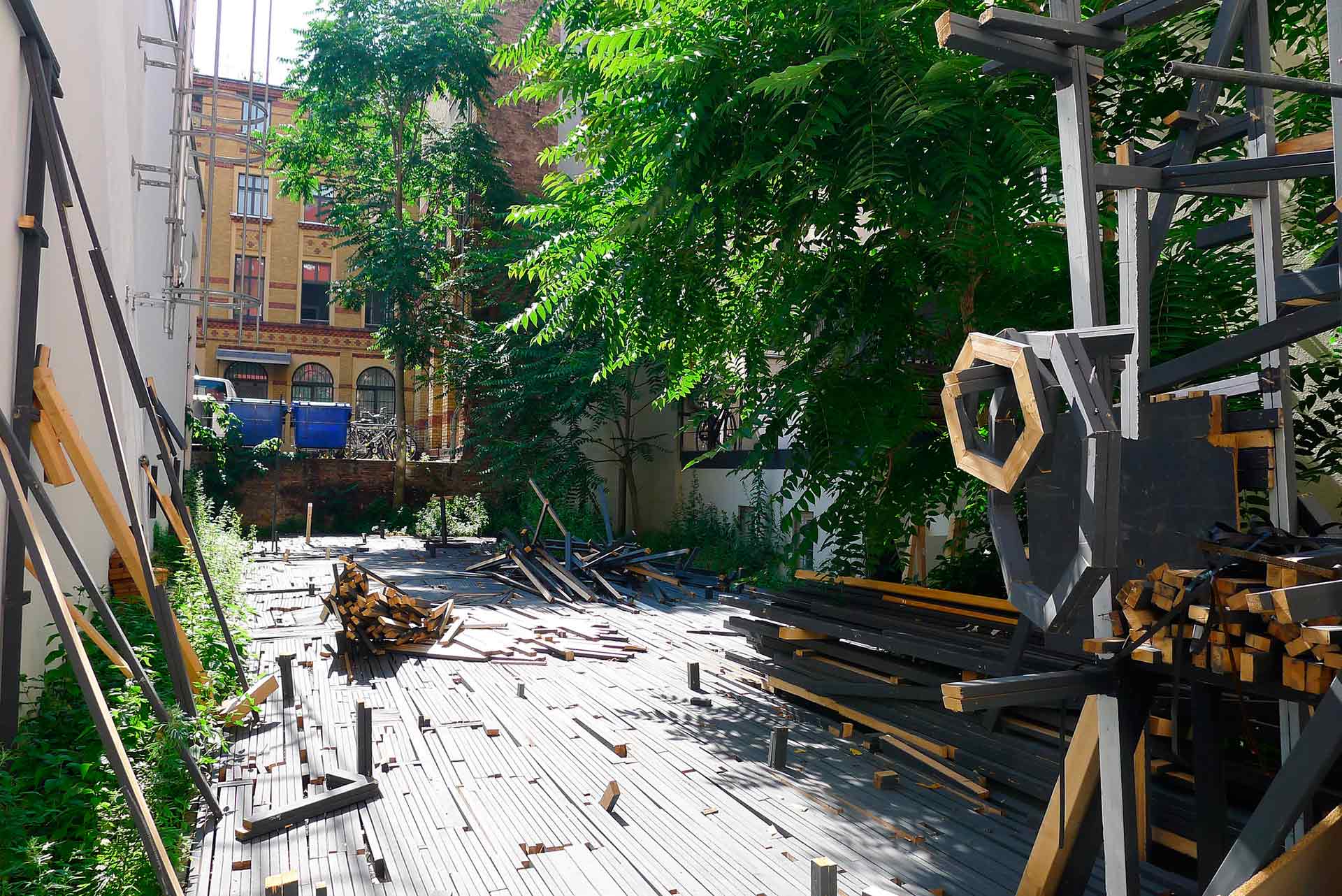
KW Institute for Contemporary Art
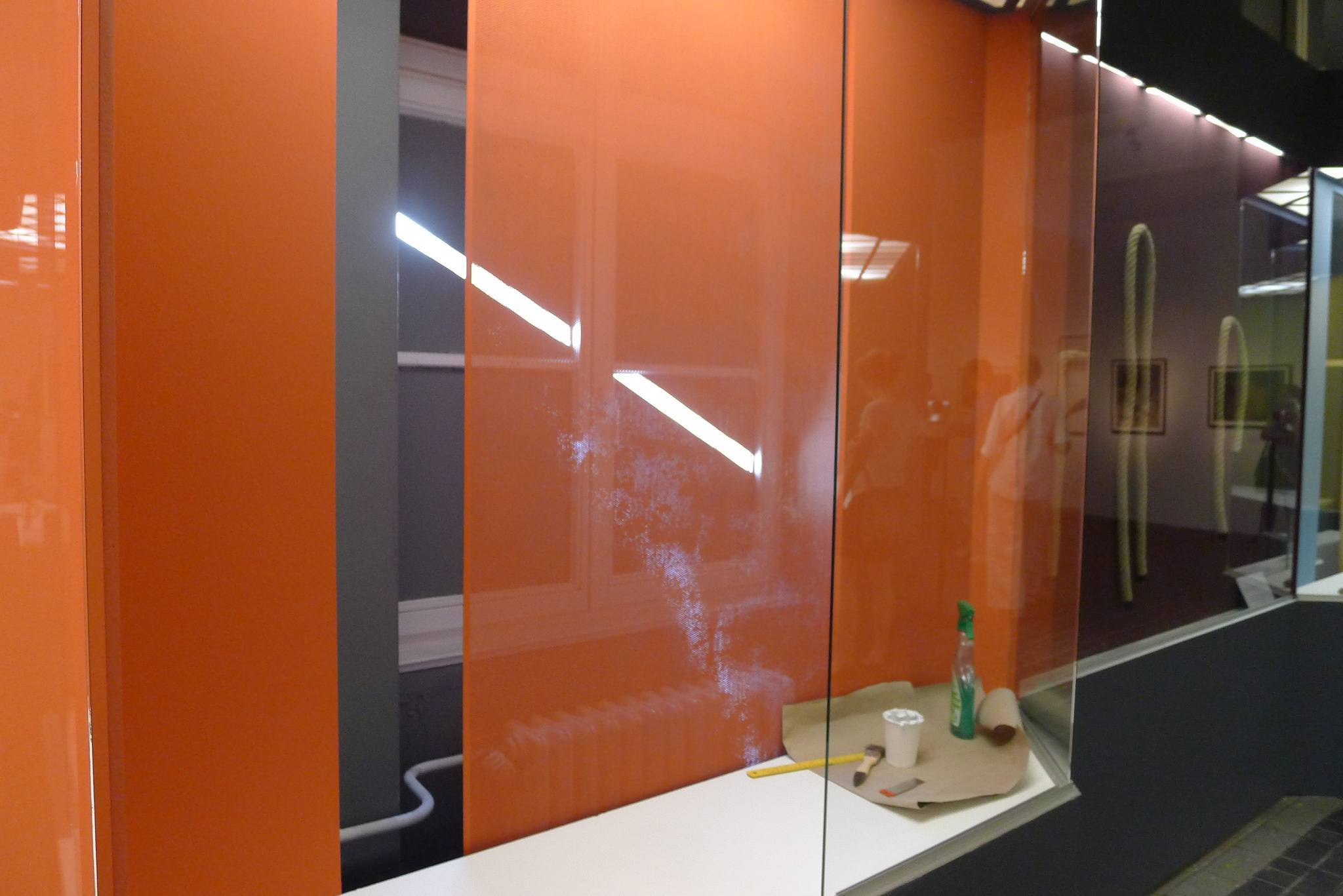
KW Institute for Contemporary Art
Judy Radul Look. Look Away. Look Back. 2014 Custom camera control system, live cameras, prerecorded video (shot on location in the South Sea collection of the Ethnologisches Museum, Staatliche Museen zu Berlin), video monitors, display cases, objects Maße variabel Dimensions variable Courtesy Judy Radul; Catriona Jeffries Gallery, Vancouver
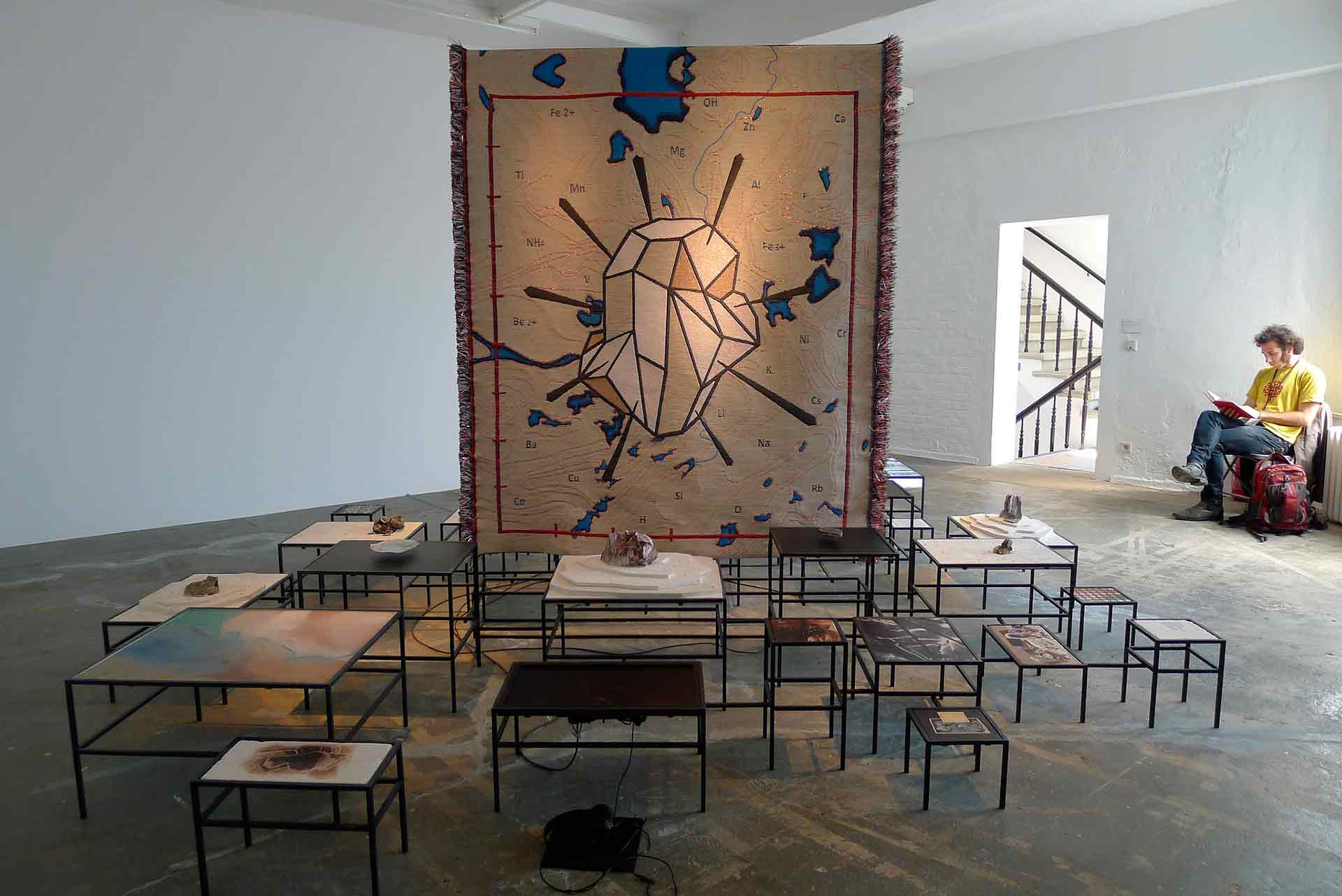
KW Institute for Contemporary Art
Otobong Nkanga In Pursuit of Bling, 2014 Inkjet prints, lightbox, metal modulated structure, minerals, objects, texts, videos with sound, woven textile pieces Dimensions variable
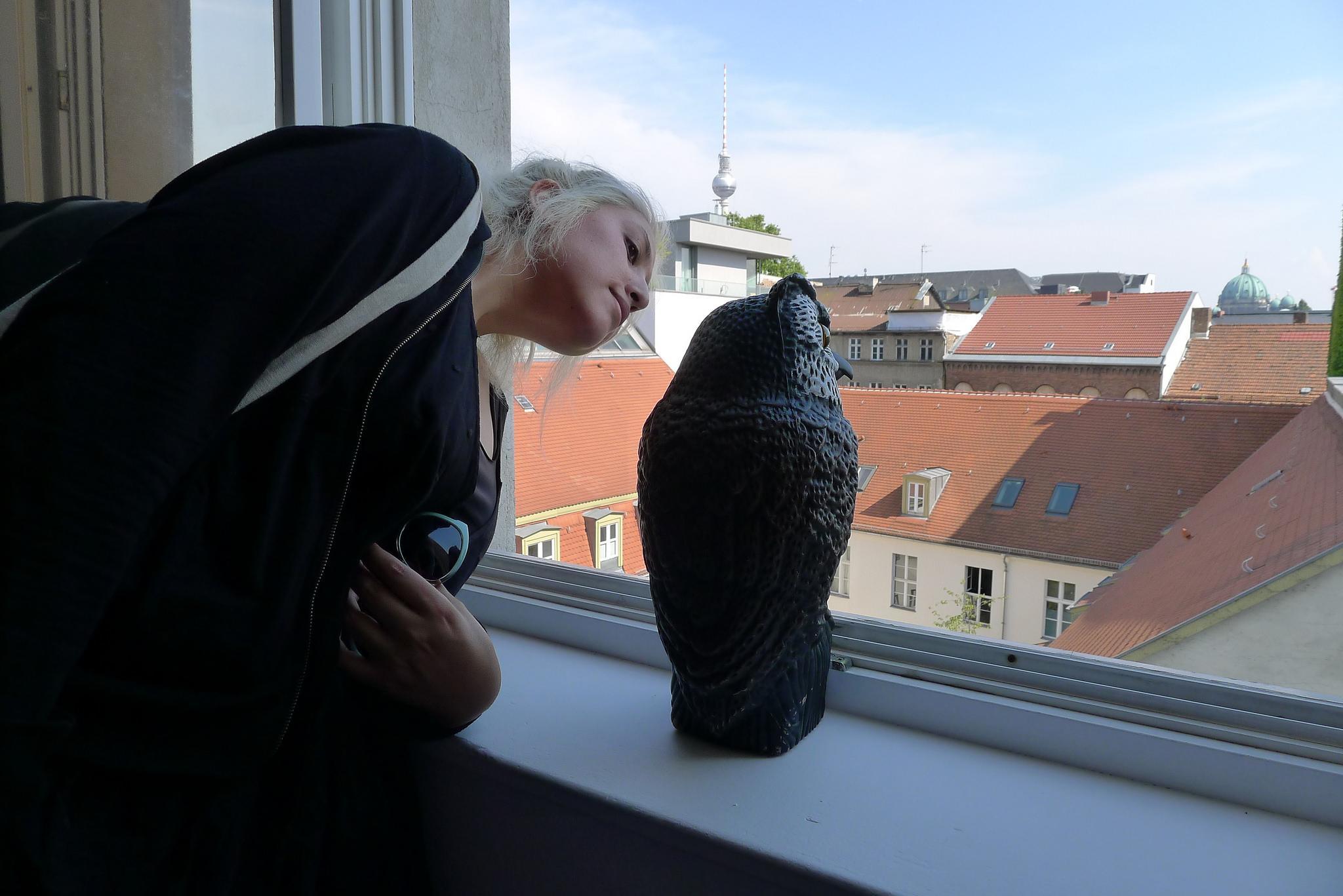
KW Institute for Contemporary Art
Zarouhie Abdalian a caveat, a decoy, 2014 Owl decoy, sound, window Dimensions variable Courtesy Zarouhie Abdalian; Altman Siegel, San Francisco
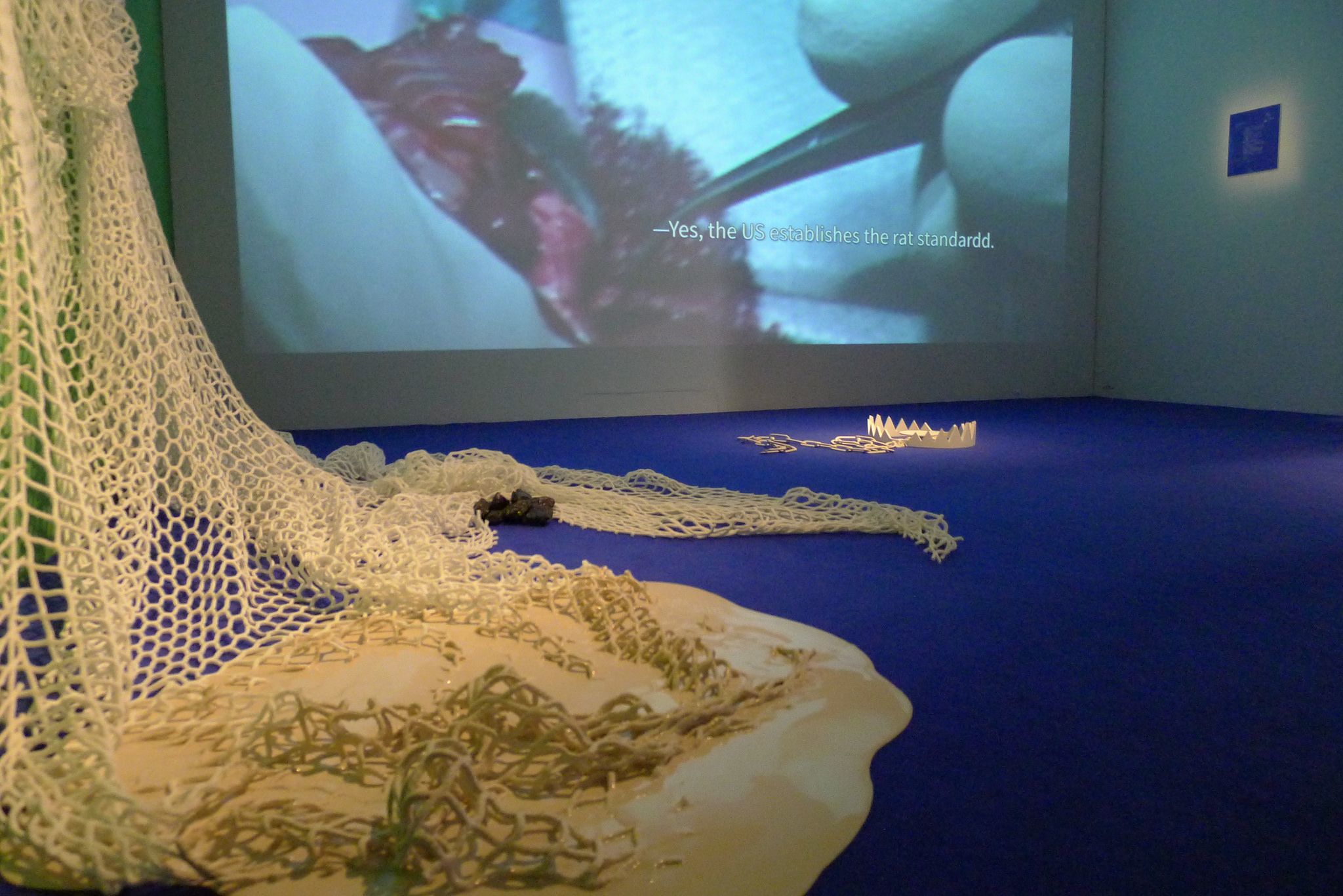
KW Institute for Contemporary Art
Julieta Aranda Stealing one’s own corpse (An alternative set of footholds for an ascent into the dark), 2014 3-D printing, carpet, clay, flight suit, foam, netting, potato, rope, silicone, wire, wood Dimensions variable
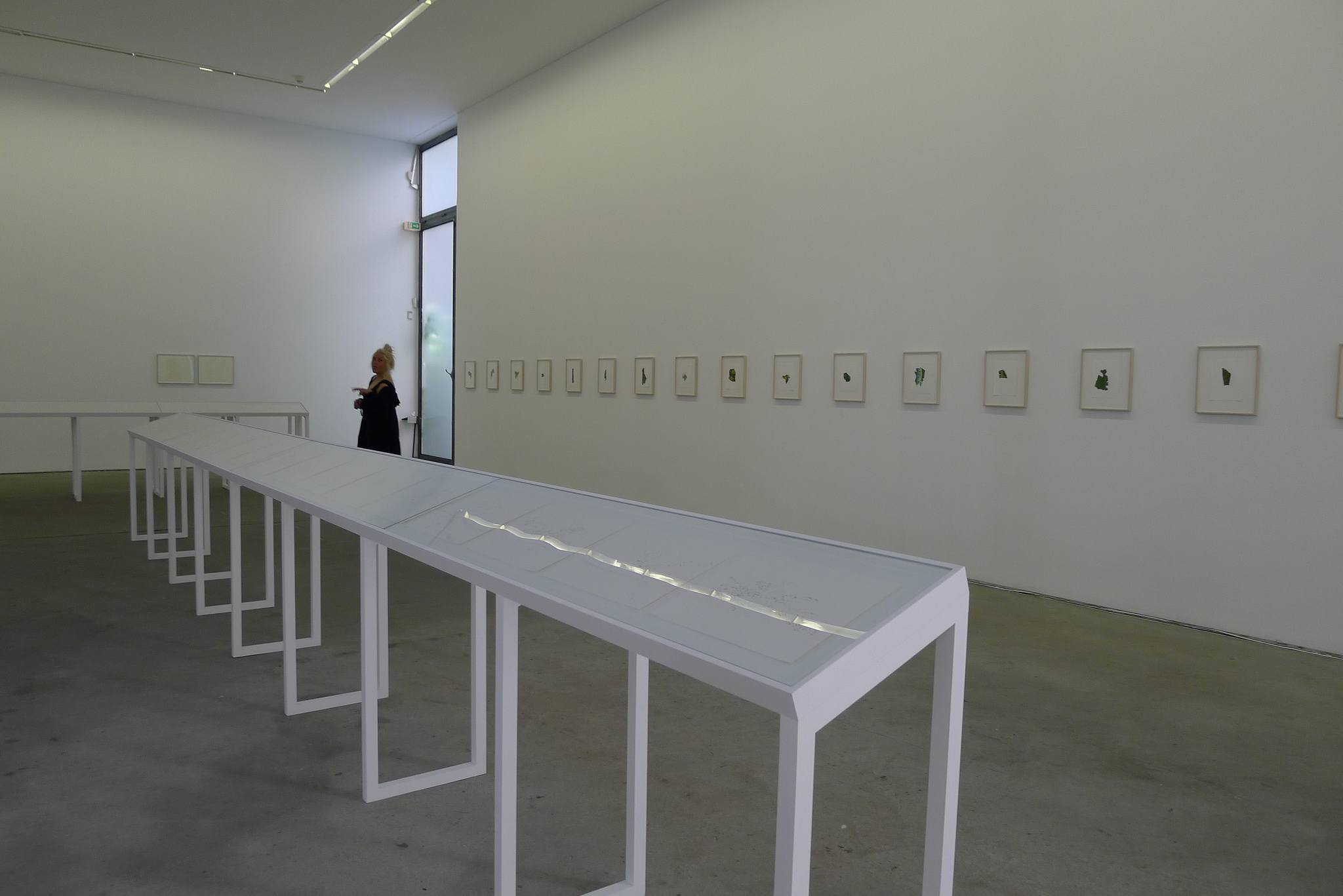
KW Institute for Contemporary Art
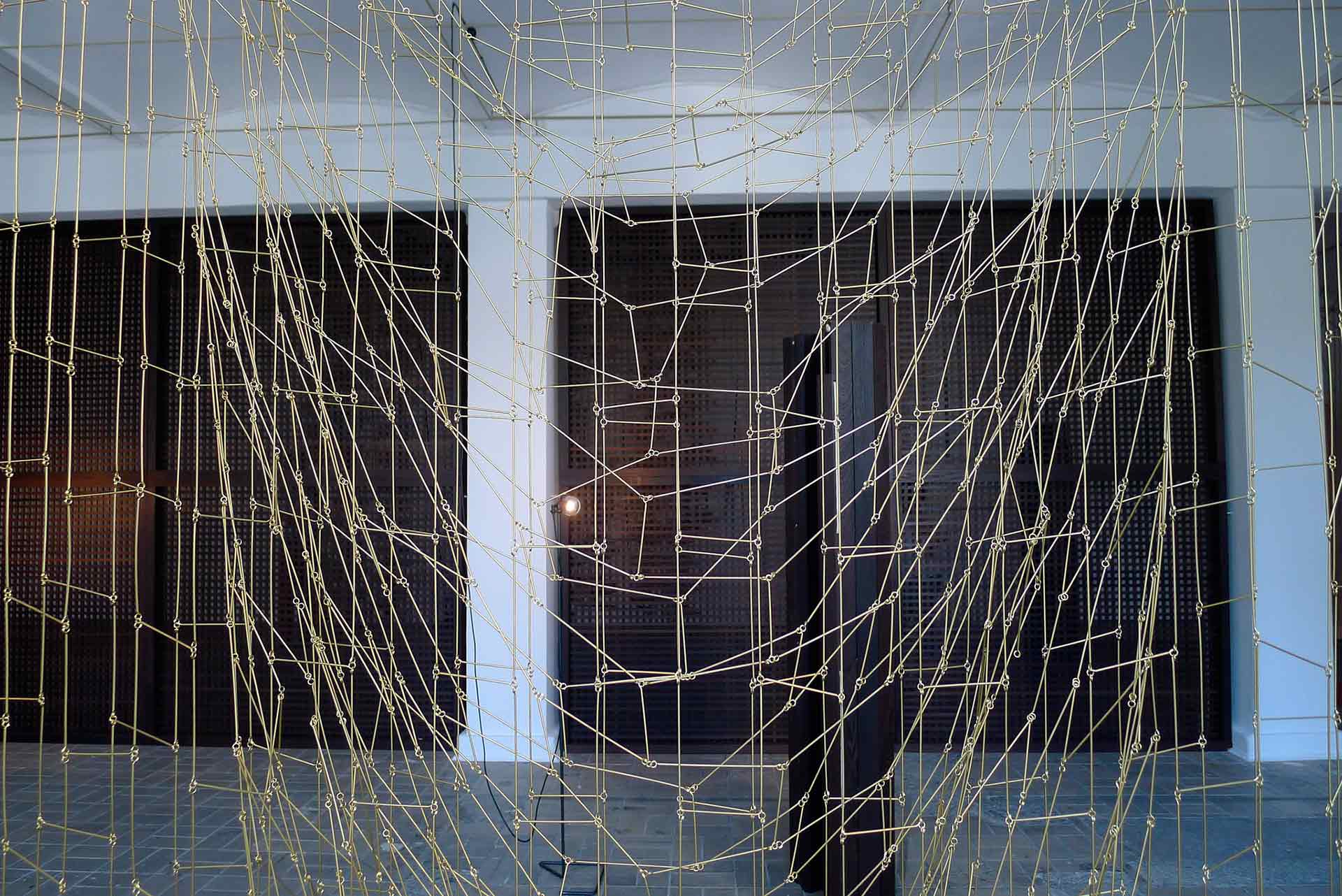
KW Institute for Contemporary Art
Leonor Antunes a secluded and pleasant land. in this land I wish to dwell, 2014 Bamboo, brass tubes, brass wire, cotton rope, hemp ropes, hemp yarn, leather, leather cord, nylon yarn, silk yarns, wenge wood Dimensions variable Courtesy Leonor Antunes; Isabella Bortolozzi Gallery, Berlin; Luisa Strina Gallery, São Paulo
